Design Of Thermal Oxidation Systems For Volatile Organic Compounds
Design of thermal oxidation systems for volatile organic compounds. No single technology has played as important a role in the control of VOC emissions as thermal oxidation. A practical rather than theoretical approach. It covers design operation and maintenance as well as the principles behind the classification of volatile organic compounds as hazardous wasteThe author explores the primary purpose of thermal oxidizers and discusses their.
It covers design operation and maintenance as well as the principles behind the classification of volatile organic compounds as hazardous waste. Practical complete and concise thermal oxidizer design principles. Your Thermal Oxidizer will combine the right combination of high temperature turbulent conditions and residence time to assure complete combustion of volatile organic compounds or other contaminants in the air stream.
Organic compounds Engineering Materials and Application Google Books 4i Control of VOC Adsorption Volatile Organic Compound Design Of Thermal Oxidation Systems For Volatile Organic 04 Control of Volatile Organic Compounds VOCs Volatile PDF Polymers and volatiles Using VOC analysis for the An Improved Thermal Oxidation Method for the 040e737c25b45a3998be194852ccaedb Powered by. Up to 5 cash back Design of Thermal Oxidation Systems for Volatile Organic Compounds provides all the information needed for developing a thermal oxidation design in a single reference. With the new regulations that.
And real industrial examples in each chapter. No single technology has played as important a role in the control of VOC emissions as. Controlling the emission of volatile organic compounds VOC became a very prominent environmental issue with the passage of the 1990 Clean Air Act Amendments and will continue to be an environmental priority through the next decade.
Articleosti_691459 title Design of thermal oxidation systems for volatile organic compounds author Lewandowski D A abstractNote This book provides. Epcon can provide a standard design or custom built oxidation system for thermal destruction of volatile organic compounds VOC and other gases that can be eliminated by thermal destruction. Read more Discover the.
Design of Thermal Oxidation Systems for Volatile Organic Compounds provides a reference to the entire design process from conceptualization to operation and maintenance. It has the ability to destroy VOCs in a one-step process that produces innocuous by-productsDesign of Thermal Oxidation Systems for Volatile Organic Compounds provides all the information needed for developing a thermal oxidation design in a single reference. Design of Thermal Oxidation Systems for Volatile Organic Compounds provides all the information needed for developing a thermal oxidation design in a single reference.
Design of Thermal Oxidation Systems for Volatile Organic Compounds. An outline of state-of-the-art design principles.
Controlling the emission of volatile organic compounds VOC became a very prominent environmental issue with the passage of the 1990 Clean Air Act Amendments and will continue to be an environmental priority through the next decade.
A practical rather than theoretical approach. Controlling the emission of volatile organic compounds VOC became a very prominent environmental issue with the passage of the 1990 Clean Air Act Amendments and will continue to be an environmental priority through the next decade. Up to 5 cash back Design of Thermal Oxidation Systems for Volatile Organic Compounds provides all the information needed for developing a thermal oxidation design in a single reference. It covers design operation and maintenance as well as the principles behind the classification of volatile organic compounds as hazardous wasteThe author explores the primary purpose of thermal oxidizers and discusses their. A practical rather than theoretical approach. Design of Thermal Oxidation Systems for Volatile Organic Compounds. With the new regulations that. Articleosti_691459 title Design of thermal oxidation systems for volatile organic compounds author Lewandowski D A abstractNote This book provides. Read more Discover the.
Controlling the emission of volatile organic compounds VOC became a very prominent environmental issue with the passage of the 1990 Clean Air Act Amendments and will continue to be an environmental priority through the next decade. Epcon can provide a standard design or custom built oxidation system for thermal destruction of volatile organic compounds VOC and other gases that can be eliminated by thermal destruction. Design of Thermal Oxidation Systems for Volatile Organic Compounds provides all the information needed for developing a thermal oxidation design in a single reference. Read more Discover the. Organic compounds Engineering Materials and Application Google Books 4i Control of VOC Adsorption Volatile Organic Compound Design Of Thermal Oxidation Systems For Volatile Organic 04 Control of Volatile Organic Compounds VOCs Volatile PDF Polymers and volatiles Using VOC analysis for the An Improved Thermal Oxidation Method for the 040e737c25b45a3998be194852ccaedb Powered by. No single technology has played as important a role in the control of VOC emissions as thermal oxidation. It covers design operation and maintenance as well as the principles behind the classification of volatile organic compounds as hazardous waste.
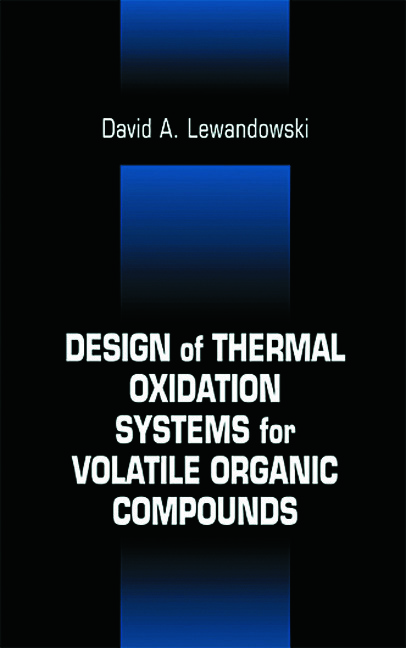



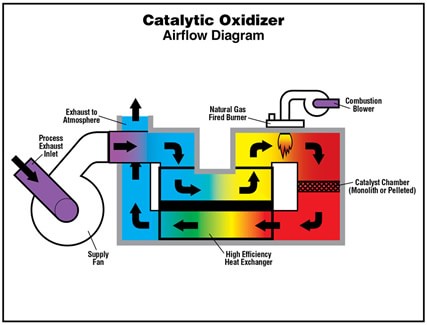

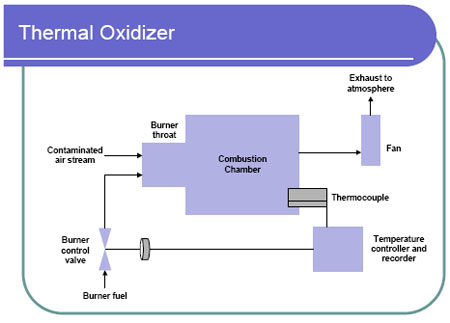


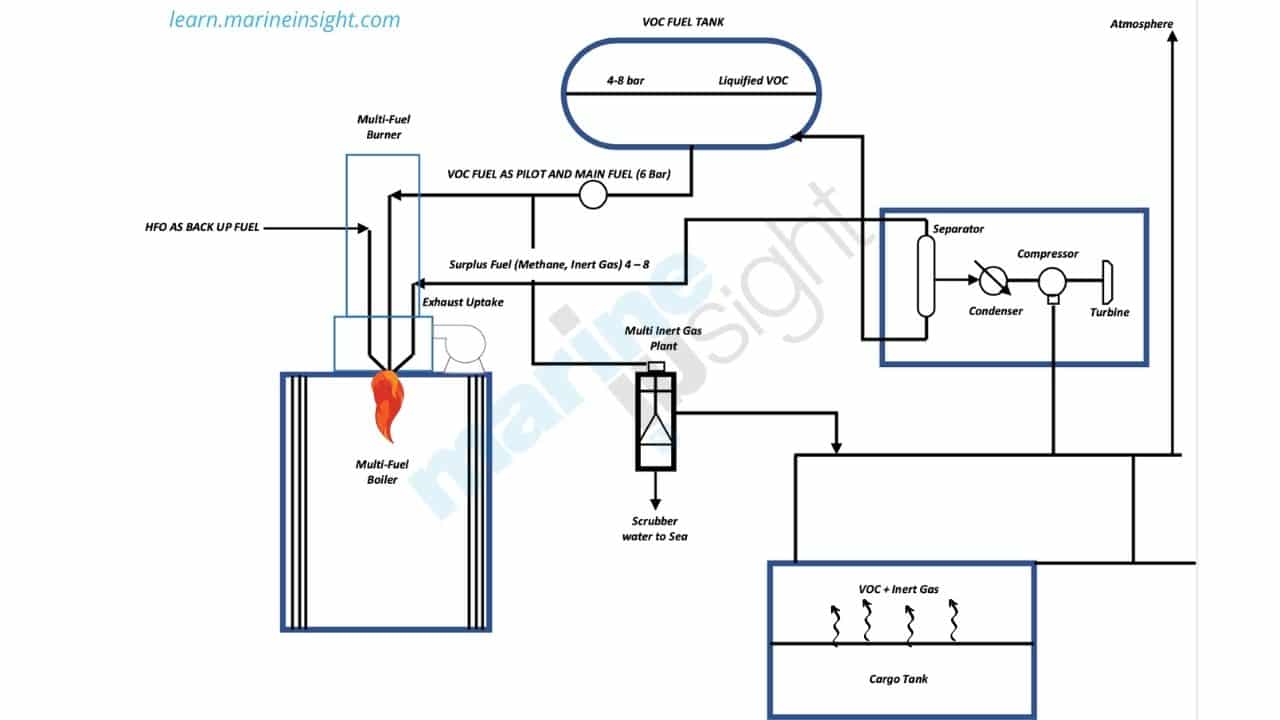

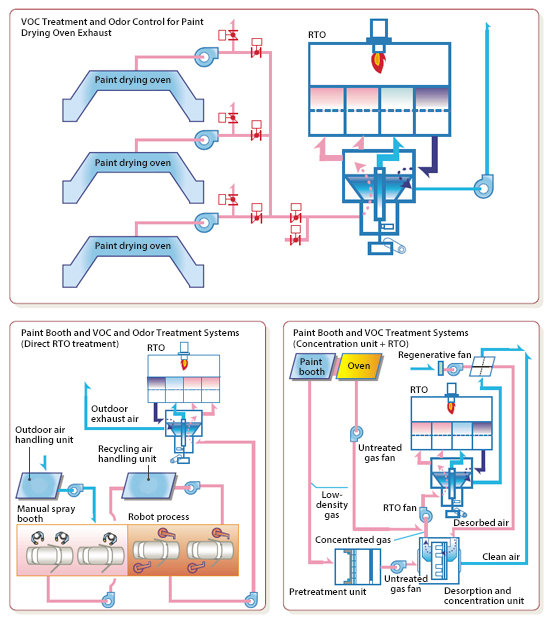



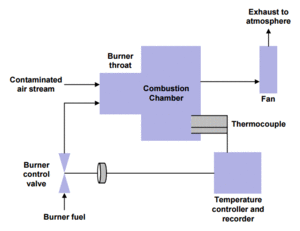
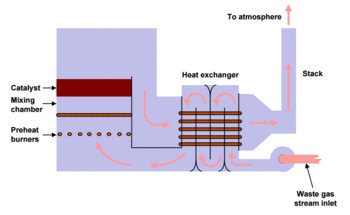







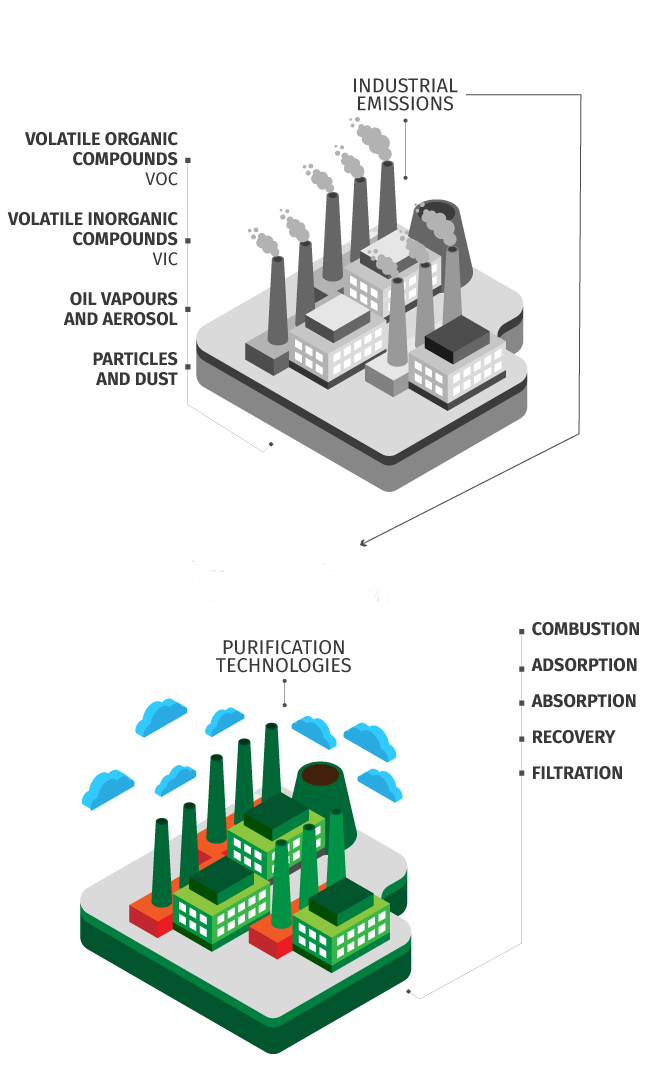

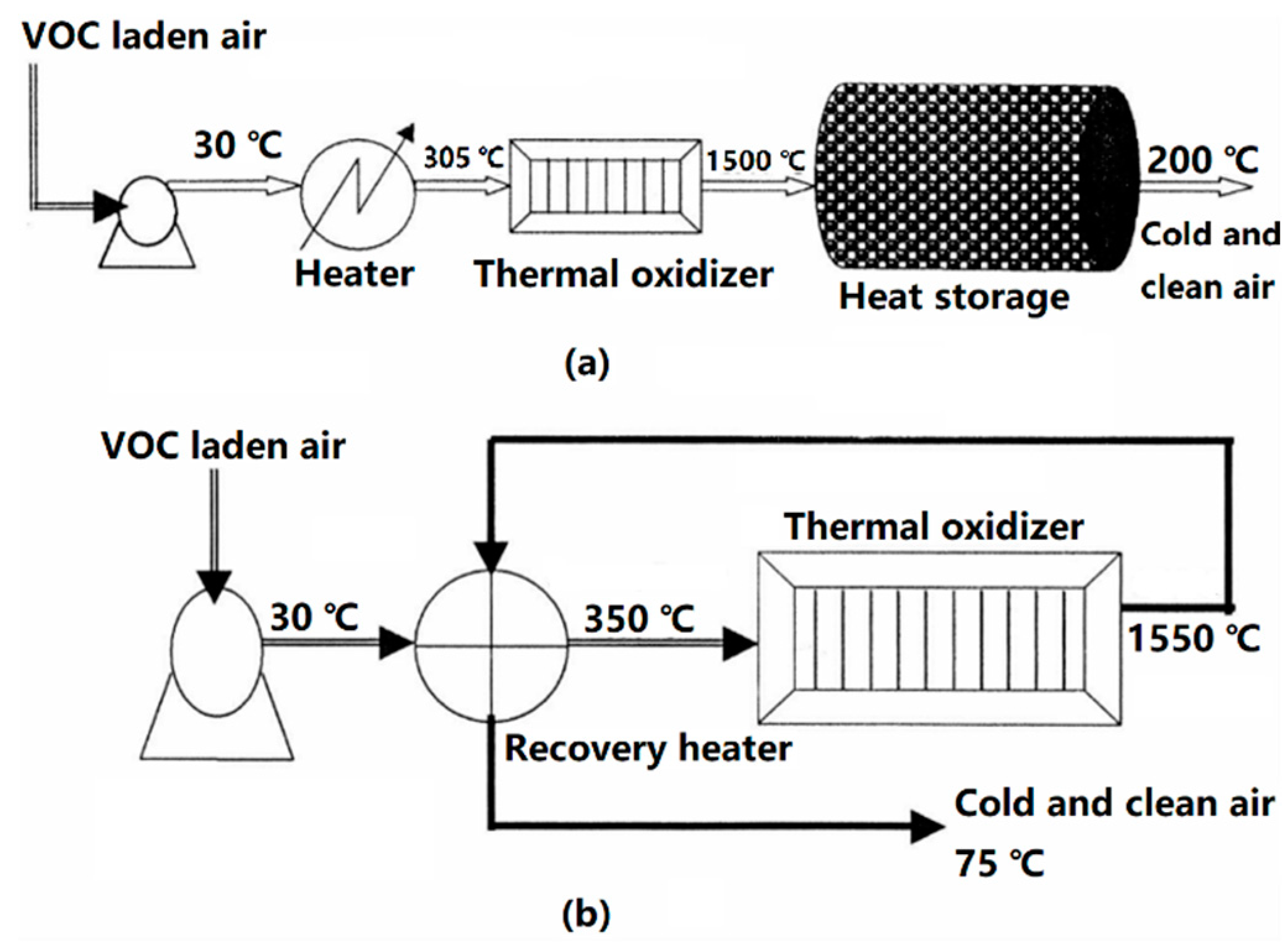
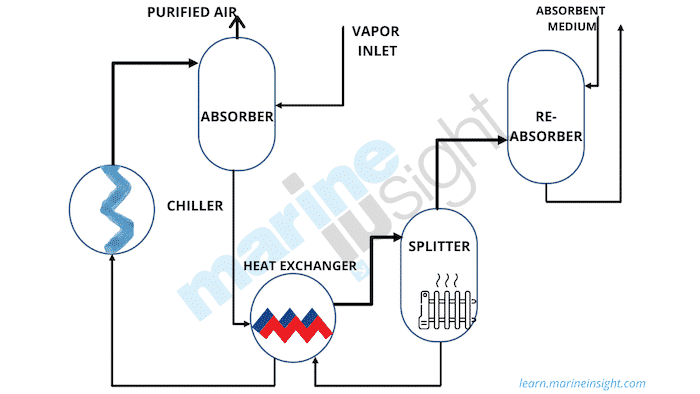

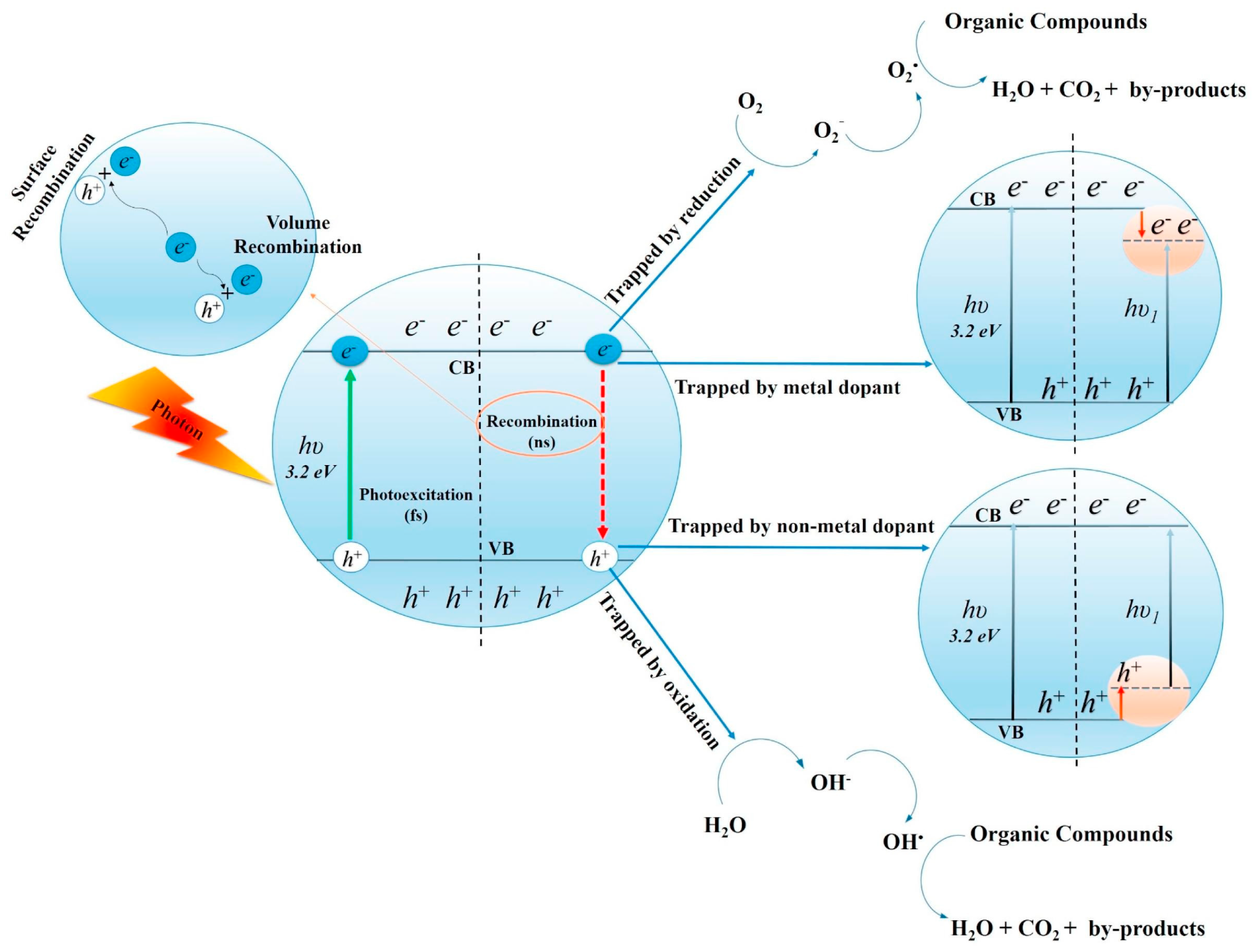




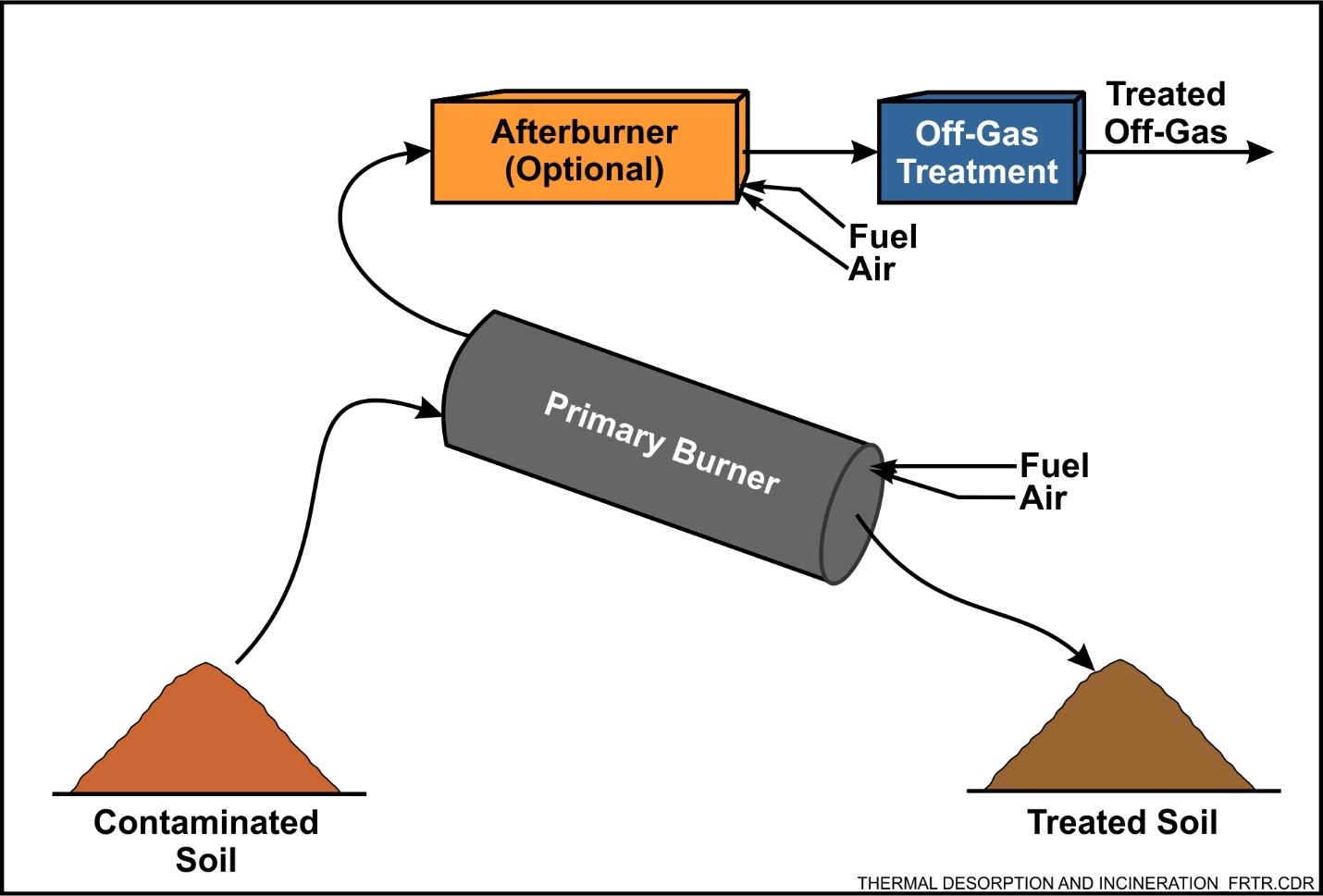
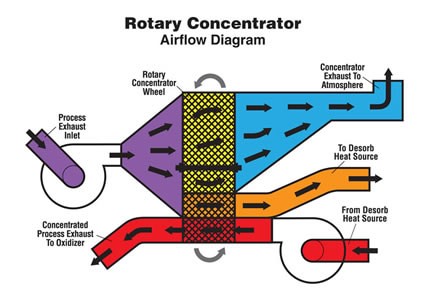

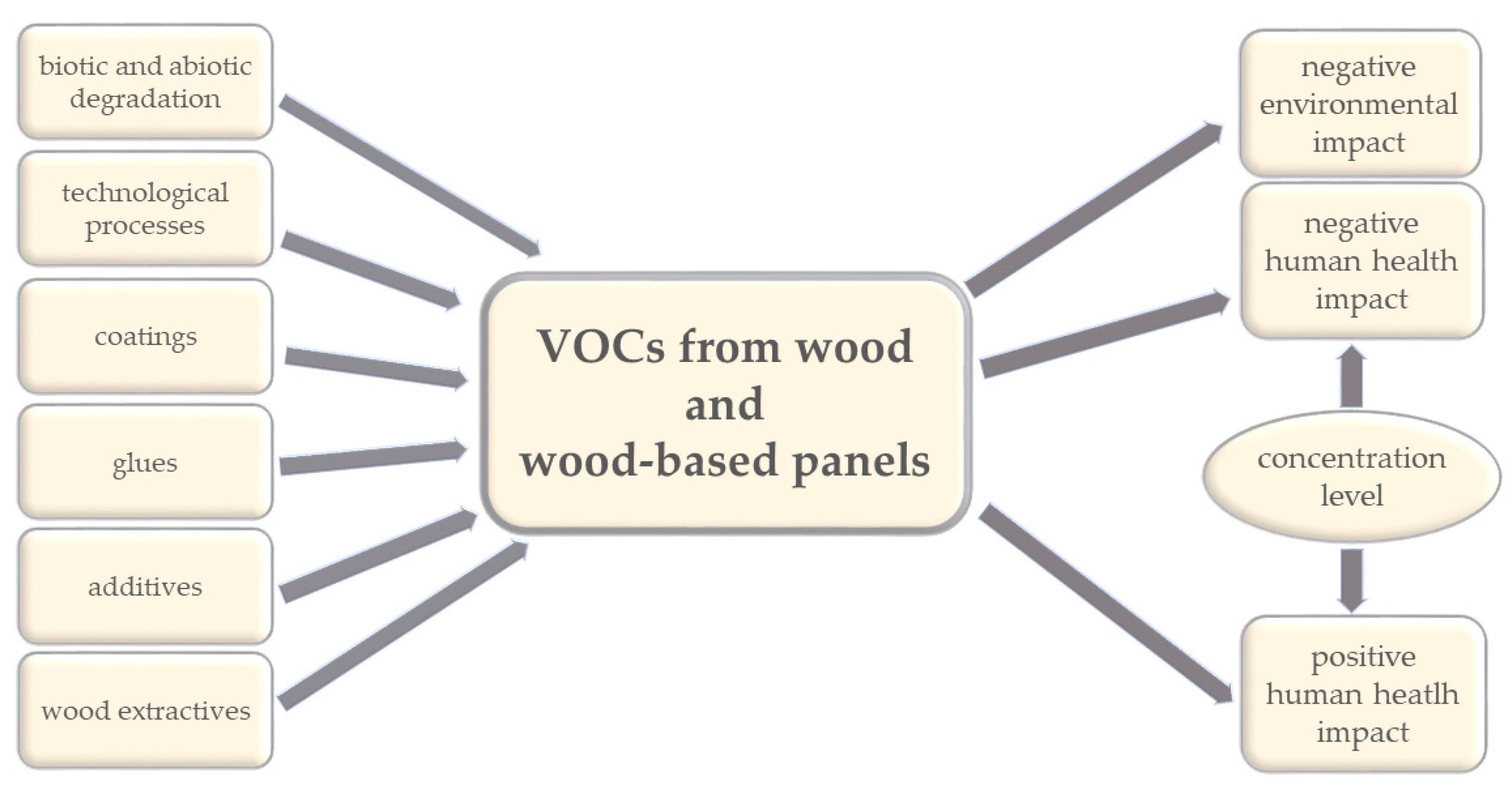
Post a Comment for "Design Of Thermal Oxidation Systems For Volatile Organic Compounds"